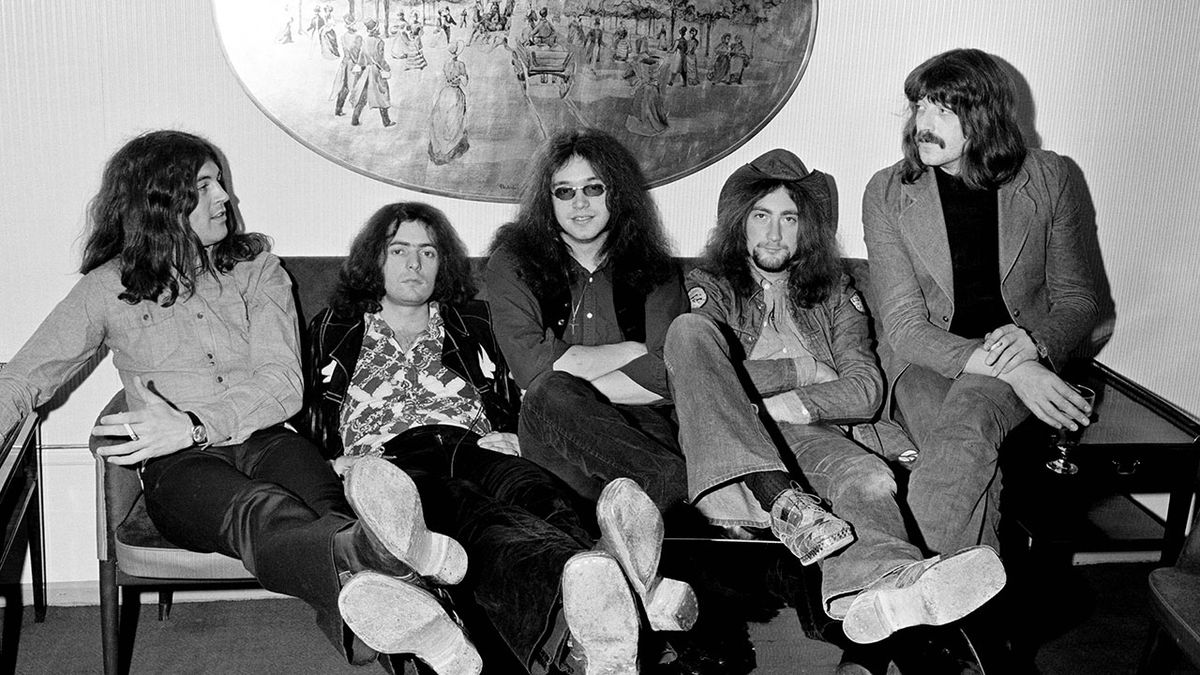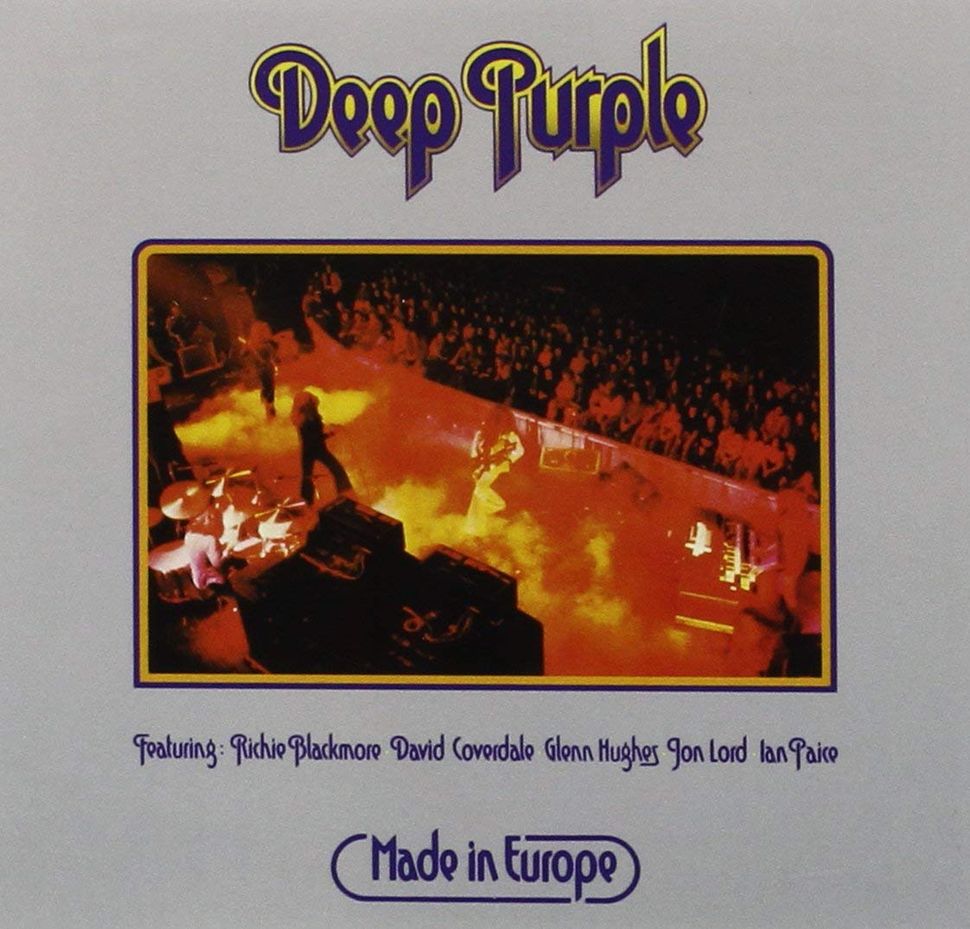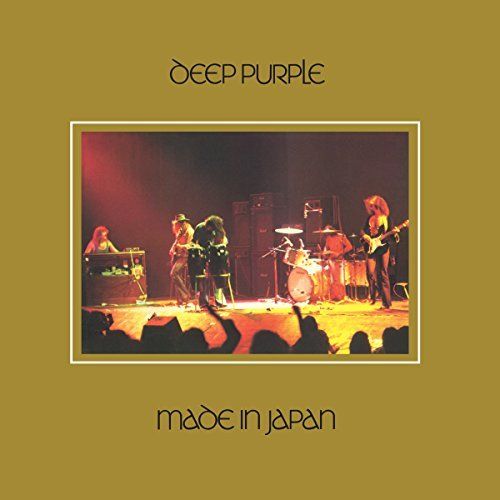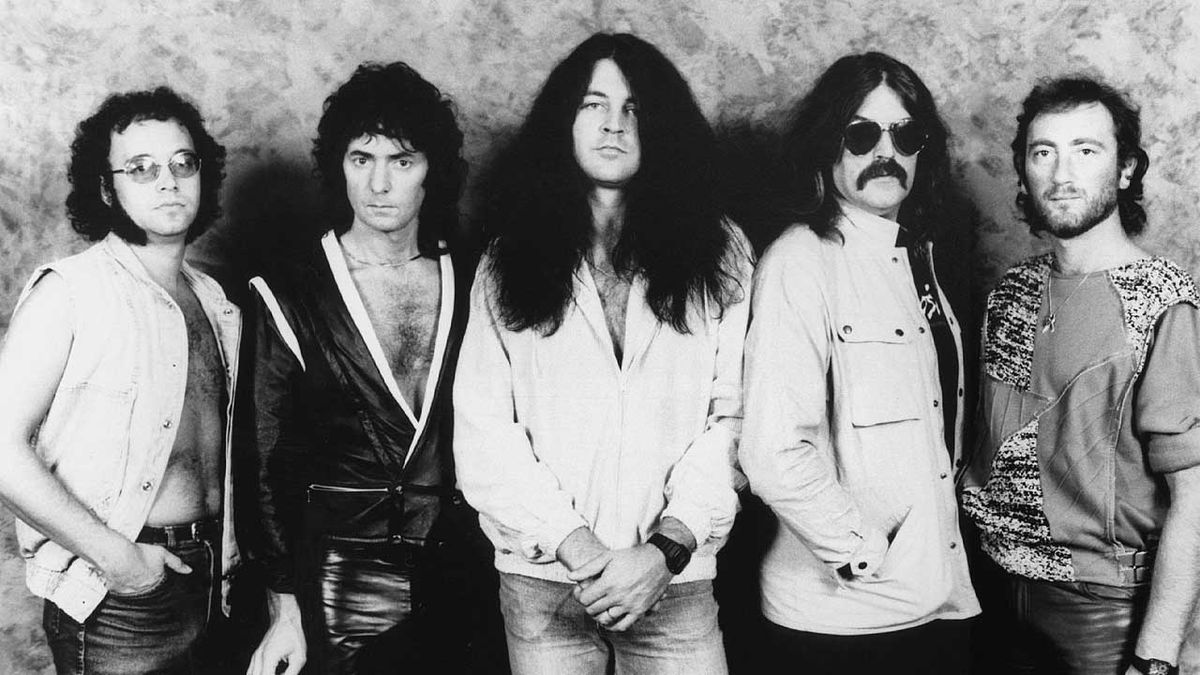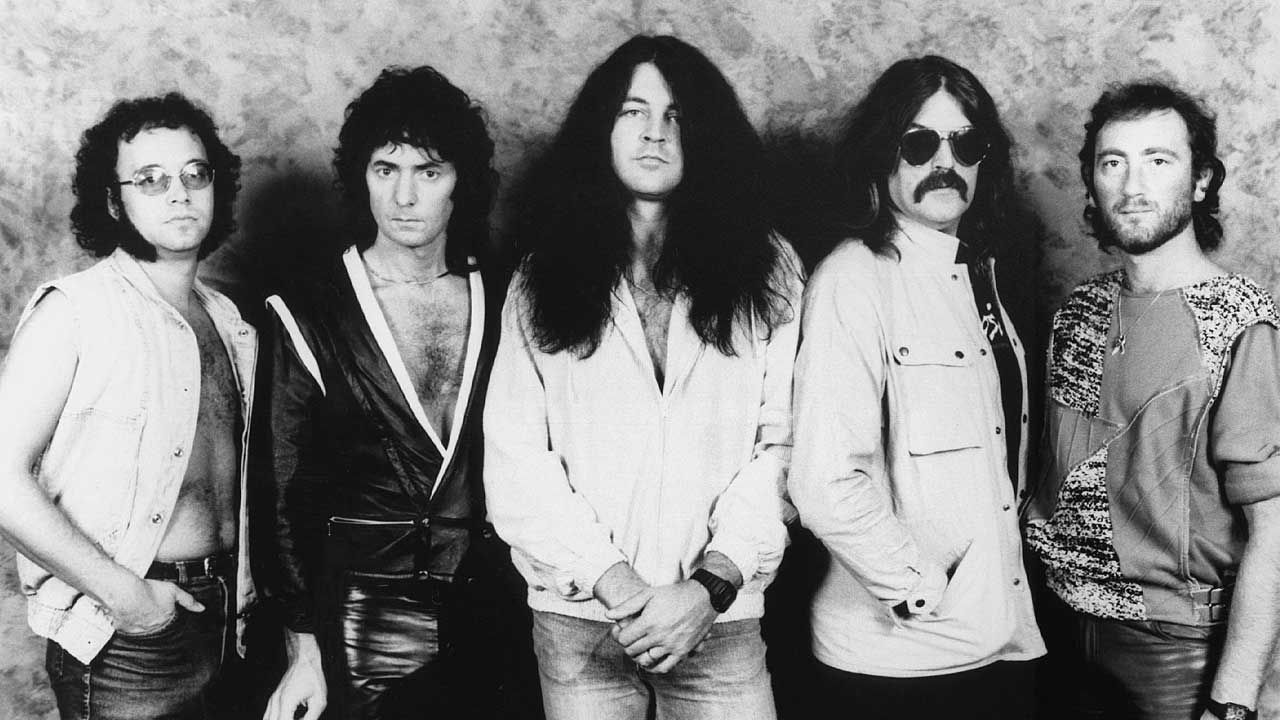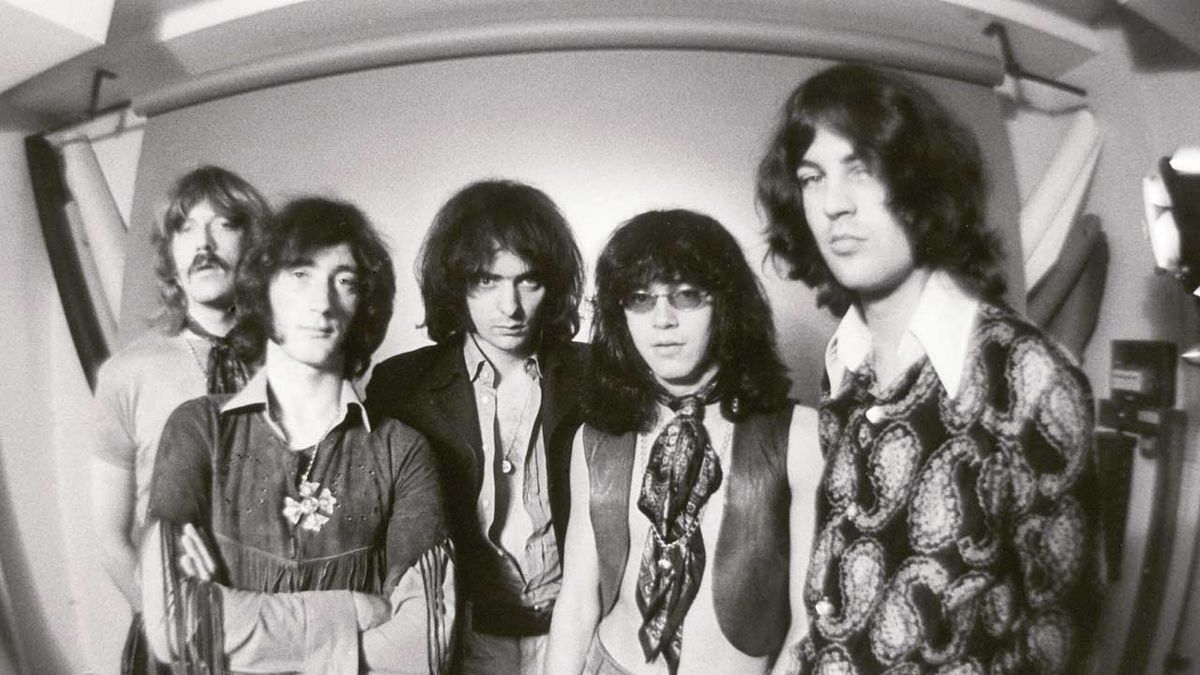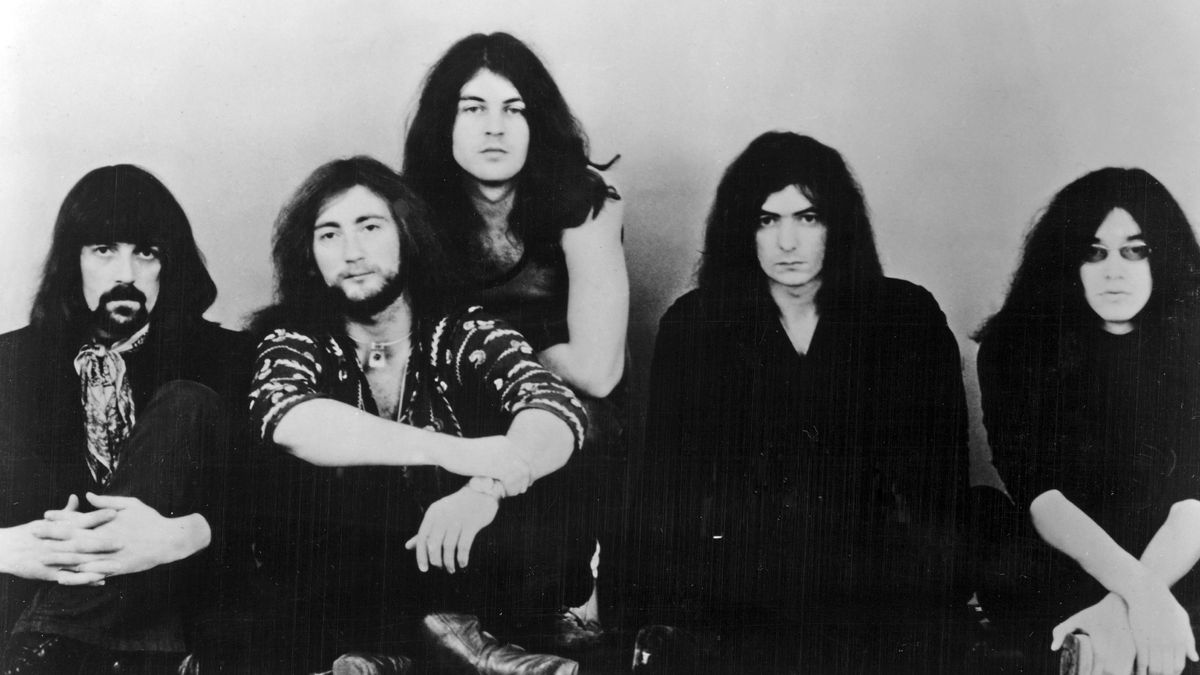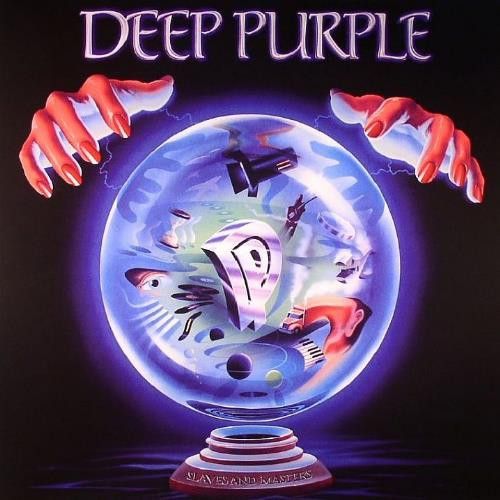Deep Purple Albums Ranked Worst To Best

The needle drops, a familiar crackle filling the air before the thunderous opening riff of "Smoke on the Water" explodes from the speakers. Memories flood back – teenage angst, summer road trips, and the sheer, unadulterated joy of rock and roll. Few bands have etched themselves into the collective consciousness quite like Deep Purple. But with a discography spanning decades and stylistic shifts, navigating their album catalog can be a daunting task.
This exploration isn't about tearing down a legendary band. It’s about celebrating their evolution, acknowledging their experimental phases, and ultimately, guiding you through the sonic tapestry that is Deep Purple's album collection, ranking them from the interesting missteps to the undisputed masterpieces.
A Journey Through Purple Haze
Deep Purple’s story begins in 1968, a time of musical experimentation and boundary-pushing. The initial lineup, featuring Rod Evans on vocals and Nick Simper on bass, leaned towards a more psychedelic and progressive sound.
While these early albums hold a certain charm, they often feel like a band still searching for its true identity. Albums like Shades of Deep Purple and The Book of Taliesyn, though historically significant, are generally considered weaker entries in their overall discography.
The MK II Revolution
The arrival of Ian Gillan and Roger Glover marked a turning point, ushering in the iconic "MK II" lineup. This lineup, also featuring Ritchie Blackmore, Jon Lord, and Ian Paice, unleashed a hard rock fury that would define the band for years to come.
In Rock (1970) is undeniably a landmark album. Its raw energy and blistering solos set a new standard for hard rock.
Fireball (1971) followed with a more diverse sound, though it sometimes struggles to match the intensity of its predecessor.
Then came Machine Head (1972), a masterpiece that needs no introduction. From the iconic "Smoke on the Water" to the driving "Highway Star," every track is a classic. It remains one of the most influential and commercially successful rock albums of all time.
Turbulence and Transition
The mid-70s saw internal tensions rise, leading to lineup changes and shifts in musical direction. Who Do We Think We Are (1973), while containing the hit "Woman from Tokyo," signaled a band starting to fray.
The arrival of David Coverdale and Glenn Hughes for Burn (1974) and Stormbringer (1974) injected new energy. These albums showcased a funkier, more soulful sound, but also divided fans.
Later Years and Enduring Legacy
Despite numerous lineup changes and periods of inactivity, Deep Purple has continued to release albums, showcasing their enduring talent and commitment to their craft. Albums like Perfect Strangers (1984), marking the reunion of the MK II lineup, and Purpendicular (1996), featuring Steve Morse on guitar, demonstrated their ability to adapt and remain relevant.
Of course, opinions on Deep Purple's best and worst albums are subjective. What one fan considers a hidden gem, another might see as a forgettable experiment.
Ultimately, exploring their entire discography is a worthwhile journey for any rock enthusiast. So, dust off your vinyl, fire up your streaming service, and prepare to immerse yourself in the world of Deep Purple.
Their music continues to inspire and ignite, proving that good rock and roll truly never dies.
"Smoke on the Water" became the first song I ever learned to play on guitar. Ritchie Blackmore's riff is just iconic.

